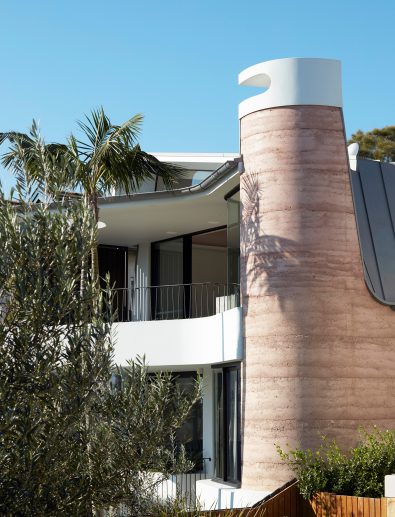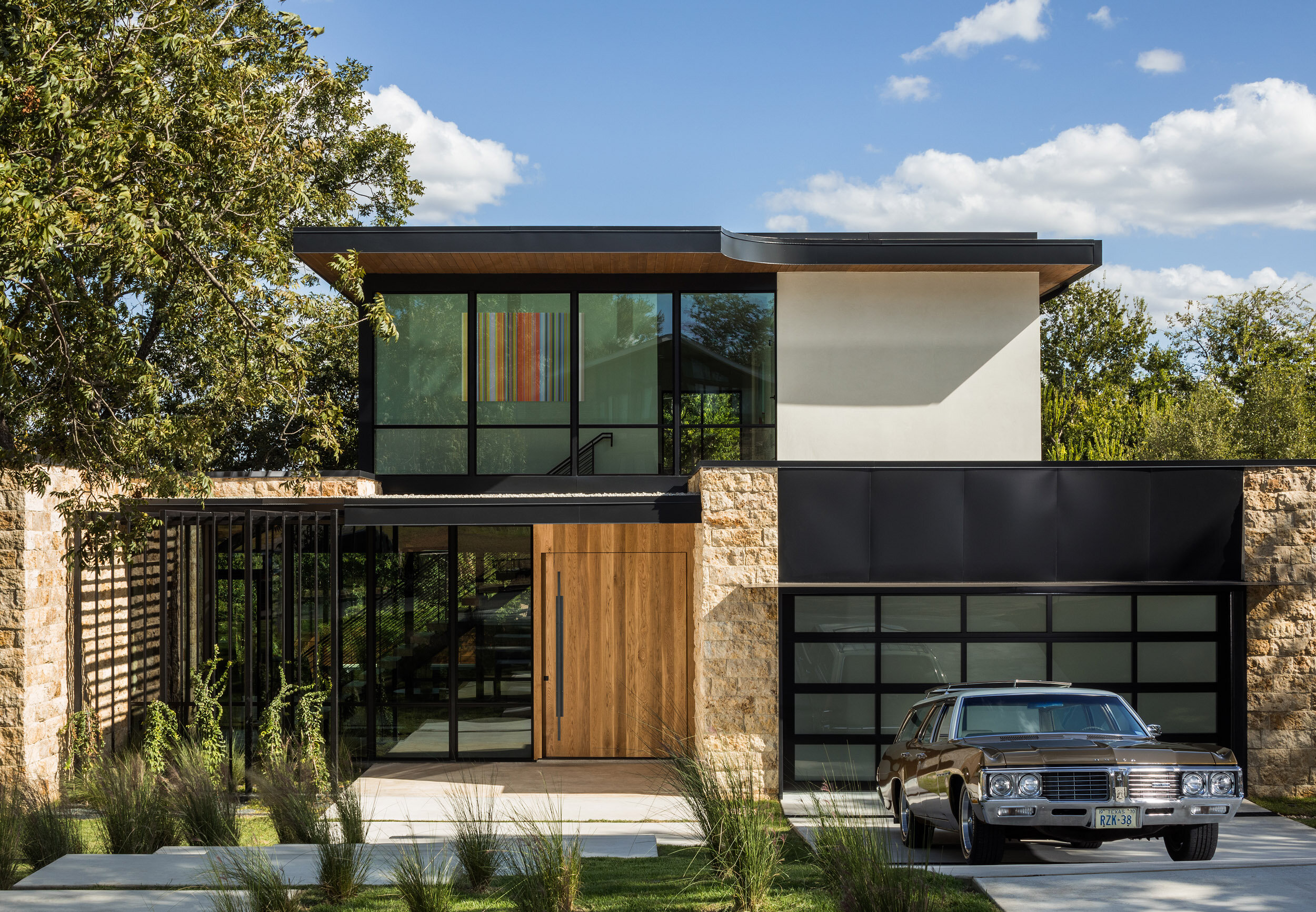Just How Residential Architects Create Custom-made Homes for Every Way Of Life
The procedure by which household engineers style personalized homes is a nuanced interaction of understanding client demands and equating those understandings into practical home. Via detailed assessments and making use of design devices, designers catch the significance of their clients' way of livings, ensuring that each home shows personal worths and ambitions. This collective technique expands beyond first concepts, integrating innovative modern technologies and sustainable techniques to boost everyday living. As we discover the detailed actions associated with this transformative procedure, a deeper admiration for the architect's duty in shaping unique settings begins to emerge.
Comprehending Client Needs

Efficient interaction is extremely important in this process. Designers should motivate customers to verbalize their way of lives, family characteristics, and future aspirations, guaranteeing that the design shows their special identification. By employing tools such as sets of questions, interviews, and aesthetic studies, engineers can collect important insights right into the customer's vision.
In addition, understanding the context in which a home will exist is essential. Designers should think about variables such as the site qualities, local environment, and cultural impacts that can influence the design. This all natural approach permits the creation of rooms that are not just aesthetically pleasing however likewise functional and lasting.
Eventually, a deep understanding of customer requires enables designers to develop tailored homes that enhance the quality of life for their residents, promoting a sense of belonging and convenience within their living atmospheres.
Design Refine and Cooperation
The layout procedure in property design is a vibrant interplay of creative thinking and cooperation, where engineers, customers, and various stakeholders function carefully to bring a vision to life. This repetitive journey typically starts with a series of conferences to establish a comprehensive understanding of the customer's ambitions, choices, and way of living demands. During these discussions, designers gather vital details, allowing them to conceptualize designs that align with the client's vision.
Complying with the initial consultations, the design stage develops with illustrations, 3D designs, and architectural renderings. This visual interaction acts as a tool for engineers to existing ideas, while additionally welcoming customer feedback, ensuring that the final style resonates with their assumptions. Efficient collaboration with designers, contractors, and indoor designers is critical during this phase, as it makes sure that all practical aspects of the task are perfectly integrated.

Incorporating Way Of Living Components
Including way of living components right into household layout is important for creating spaces that truly resonate with the inhabitants. residential architecture homes. This procedure starts with recognizing the one-of-a-kind demands, choices, and day-to-day routines of the house owners. Designers participate in comprehensive discussions to reveal just how the individual or family utilizes their room, whether for amusing guests, seeking pastimes, or looking for silent resort
When these insights are collected, designers can tailor style functions that enhance day-to-day experiences. For example, open layout might be developed for households that prioritize togetherness, while committed work spaces can be integrated for those that function from home. Outdoor areas, such as yards or outdoor patios, can be emphasized for family members that delight in exterior activities or enjoyable.
In addition, flexibility is an essential consideration; multi-functional rooms permit flexibility as way of lives evolve gradually. Custom storage space solutions can likewise be incorporated to satisfy particular company needs, ensuring that the home stays clutter-free and functional. Eventually, by attentively weaving lifestyle components into the building textile, domestic designers develop customized homes that not only meet aesthetic wishes yet also dramatically enhance the lifestyle for their clients.
Lasting and Smart Layout
Wise and sustainable style increasingly plays a critical function in household architecture, as property owners look for to decrease their ecological impact while boosting their living experiences. Architects are now integrating green products, energy-efficient systems, and cutting-edge technologies to create homes that not only fulfill visual needs but learn the facts here now additionally offer the planet.
Incorporating renewable resource resources, such as photovoltaic panels and wind generators, enables house owners to harness natural deposits, substantially minimizing reliance on traditional power grids. Smart home technologies further enhance sustainability by maximizing power use with automated systems that manage heating, lighting, and air conditioning based on occupancy and choices.
Furthermore, the usage of sustainable structure products-- like recovered wood, bamboo, and recycled steel-- promotes a round economy, reducing waste and source usage. Architects also stress passive layout concepts, making sure homes are oriented for maximum all-natural light and ventilation, thereby decreasing the requirement for fabricated heating and cooling.
Along with ecological advantages, wise and sustainable design contributes to the general convenience and health and wellness of locals. By focusing on indoor air top quality and natural elements, designers create areas that foster wellness, permitting house owners to thrive attuned to their setting.
Completing and Applying Plans
Settling and implementing plans is a crucial stage in the household style process, where the vision of a tailored home starts to emerge. This phase involves thorough attention to information, ensuring that every element of the style is specifically articulated and prepared for building. residential architecture homes. Engineers team up closely with clients to examine last strategies, addressing any type of final adjustments or issues, while making sure that all components straighten with the homeowner's lifestyle requirements
When plans are completed, designers prepare detailed building and construction records, consisting of detailed drawings and specs that act as a blueprint for building contractors. These records outline products, coatings, and installment techniques, supplying clearness for subcontractors and service providers. In addition, safeguarding needed licenses and adhering to regional building regulations is necessary, as it makes certain conformity and smooth job execution.
Effective communication is essential throughout this phase. Regular updates and conversations with building contractors assist to reduce potential concerns prior to they occur. By fostering a joint setting, architects can assure that the application lines up with the original vision. Inevitably, this vital phase changes principles into fact, laying the structure for a home that reflects the unique way of living and preferences of its inhabitants.
Conclusion
In final thought, property engineers play a critical function in crafting personalized homes that cater to varied way of livings. Via meticulous understanding of customer demands, joint layout processes, and the integration of way of living elements, designers make sure that each home mirrors specific choices.
The procedure by which property architects look at these guys design customized homes is a nuanced interplay of understanding client demands and converting those understandings into useful living spaces. Through comprehensive More Bonuses assessments and the use of design tools, designers catch the essence of their clients' way of lives, making sure that each home shows personal values and aspirations. Designers ought to urge customers to articulate their way of lives, household dynamics, and future desires, ensuring that the design mirrors their one-of-a-kind identification.The style process in residential style is a dynamic interplay of creative thinking and cooperation, where designers, clients, and numerous stakeholders work closely to bring a vision to life - residential architecture homes. Via meticulous understanding of customer requirements, collaborative layout processes, and the integration of way of living aspects, engineers make sure that each home mirrors private preferences